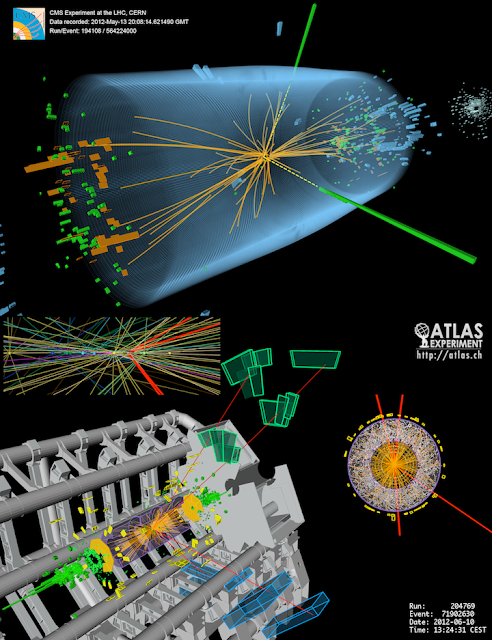Today I want to talk about a killer disease named Japanese Encephalitis.
Recently many people have died of
encephalitis in West Bengal since July. The disease has first spread in north Bengal and later people of south Bengal have also become its victim. The worst has first areas are Jalpiguri, Cooch Behar and Darjeeling. Encephalitis is a serious mosquito-borne disease which occurs mainly in rural parts of Asia during the monsoon season. This is a viral infection of brain. The virus of encephalitis also originates from pigs, dirt and garbage. The patient suffering from this disease has high fever and his central nervous system is affected. Mainly children and old people are victims of the disease. There is no a specific drug to cure this disease. The government does not have adequate supply of 'testing kits' to test the virus. The Health Department has decided to use vaccine in Cooch- Behar. THE GOVERNMENT HAS APPEALED TO ALL TO BE AWARE OF THE DISEASE AND TAKE PREVENTIVE MEASURES LIKE (1) VACCINATION.
(2) KEEPING SURROUNDING OR LOCALITY CLEAN.
(3) USING MOSQUITO NETS.
(4) EATING HYGIENIC FOOD.
Causes of Japanese Encephalitis:-
This is caused by a mosquito-borne virus belonging to the family Flaviviridae. Usually, the domestic pigs and birds get affected by the virus, especially during the rainy monsoon season, leading to the growth of mosquito prone zones. The disease is spread by mosquitoes. Humans get affected by this disease by mosquito bites or by consuming contaminated food and water. The virus becomes a deadly one when it affects humans. It is usually the children and the infants who are immediately affected by the virus. However, this time, the virus has also affected the adults.
Symptoms of Japanese Encephalitis:-
Usually in most cases, the symptom of this viral infection is often considered to be flu in the initial phase. The common symptoms are: high fever, headache, muscle pain, diarrhoea and just feeling sick. Between 5 and 15 days after the infection develops, the patients develop severe symptoms like as seizures, muscle weakness, stiff neck, inability to speak and move, changes in mental state, sometimes into coma and then finally the infection spreads to the brain and causes death.
How can we prevent ourselves from the disease?:-
Like we say, “Prevention is better than Cure”. The first and foremost thing to do is to prevent mosquito bites. Apply mosquito repellents, wear full sleeve clothes to cover yourself, minimise outdoor activities from dusk to dawn because studies have shown that mosquitoes that carry JE virus feed during the cool hours. Visit the doctor whenever you develop any symptoms, be it a slight fever or a minor headache. If required, on the advice of the doctor, JE vaccine can be taken. Keep your surroundings clean. Clean the drains and water logged areas.




